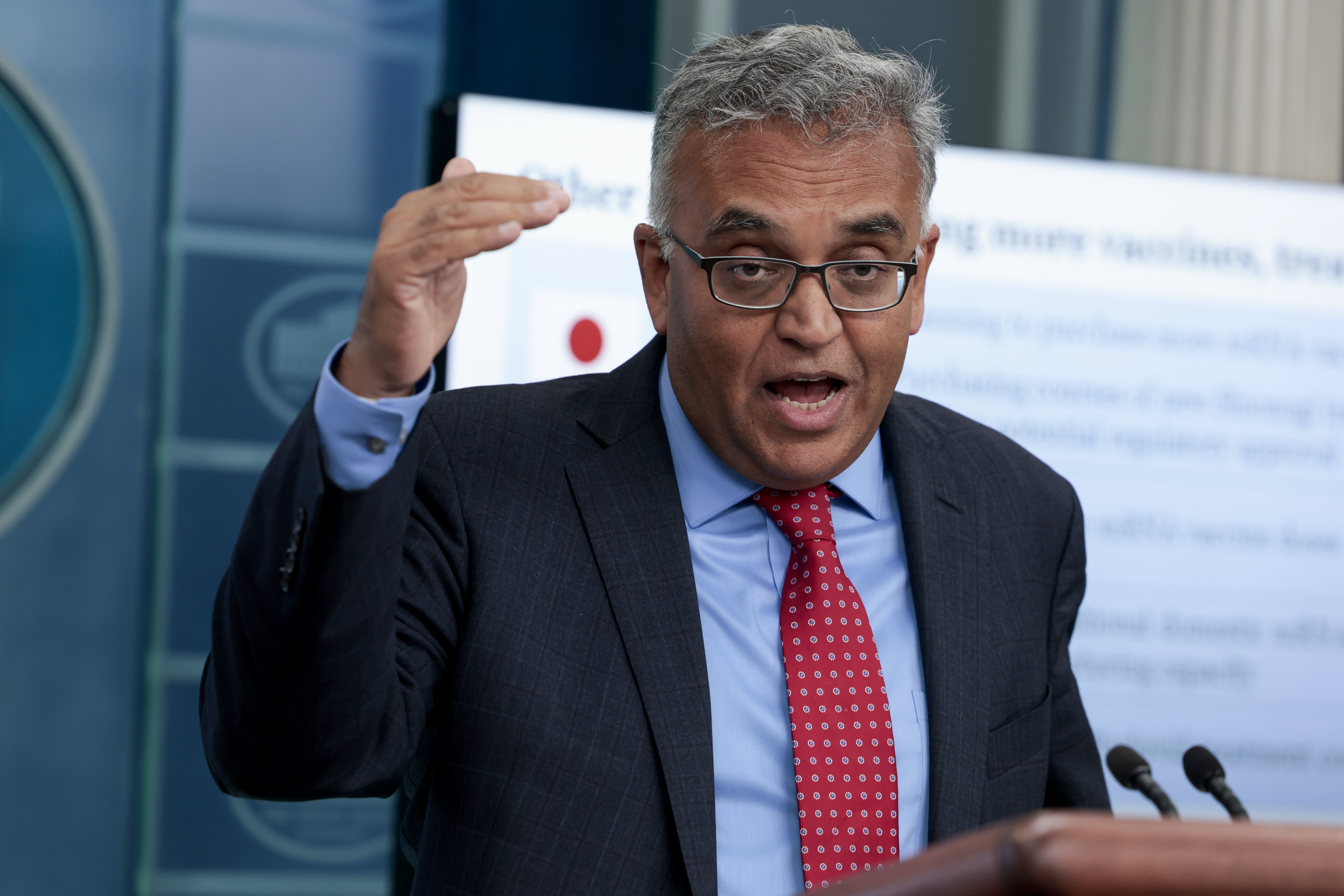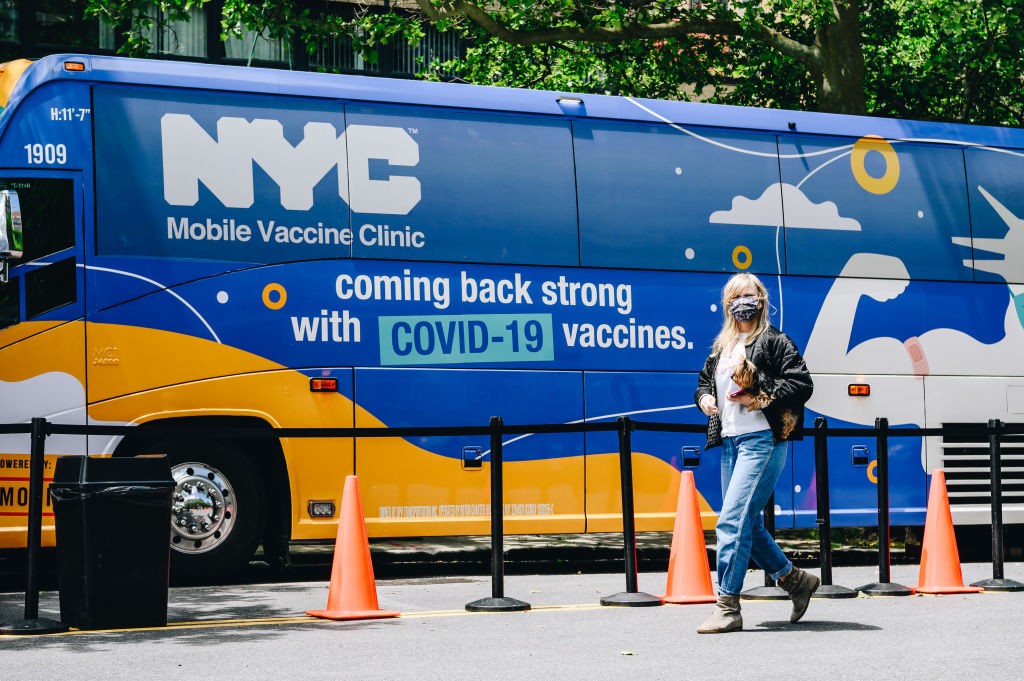What to Know
- Omicron subvariant BA.5 now accounts for an estimated two-thirds of COVID cases in the CDC's New York region, the agency says, and may be fueling higher reinfection rates in addition to case increases
- Reinfection risk is up across the board in New York state, with Long Island reporting the highest reinfection rate (7.3 per 100K) over the last week, followed by NYC (6.9 per 100,000), according to state data
- COVID reinfection raises the risk of dying of any cause within 6 months of the last infection by at least 114%, a recent pre-print study found. Hospitalization risk triples with two or more confirmed infections, it says
The intensely contagious COVID variant dubbed by some to be the "worst version" of omicron yet, one that experts say appears to be fueling higher reinfection rates, is now overwhelmingly the dominant strain in the CDC's New York region.
Subvariant BA.5, which accounted for more than 40% of all New York state positive COVID samples sequenced for variants in the state's latest two-week data set, has dominated U.S. cases for the past two weeks at least but Tuesday marked the first time the CDC estimated it accounted for an estimated two-thirds of infections locally.
As a descendant of omicron, BA.5 already falls into the CDC's "variant of concern" category -- and with mounting, evidence-based reason. This subvariant is "substantially" more vaccine-resistant (4.2 times) than its previously more vaccine-evasive predecessor (1.8 times), according to a recent Columbia University study.
Experts say BA.5 may also be associated with a higher risk of COVID reinfection from other strains -- and the latest breakthrough infection and hospitalization rate data out of New York state suggests that may be true regardless of vaccination or booster status.
As of Tuesday, the CDC estimates that BA.5 accounts for about 64% of cases in the New York region, which for its purposes also includes New Jersey, Puerto Rico and the Virgin Islands. Two weeks ago, that number was 41%. The actual prevalence of BA.5 is likely much higher, the CDC and other agencies acknowledge, given inherent limitations around the exhaustive process to isolate variants through genomic sequencing.
Get Tri-state area news delivered to your inbox. Sign up for NBC New York's News Headlines newsletter.

Nationally, the CDC estimates BA.5's prevalence to be about 65% of positive COVID cases -- so similar to the prevalence the agency is reporting in the New York region.
The emergence of variants is expected, as New Yorkers have learned, and not all variants are reasons to be worried. But the Columbia researchers say BA.5, and any others that emerge from the original omicron strain that fueled unprecedented surges in COVID hospitalizations and cases earlier this year, need to be watched closely.
"As the Omicron lineage has evolved over the past few months, each successive subvariant 203 has seemingly become better and better at human transmission as well as in antibody evasion," the researchers wrote in their analysis. "It is only natural that scientific attention remains intently focused on each new subvariant of Omicron."
COVID breakthrough infections and hospitalizations in New York state have risen as the Columbia University research would suggest, with the first up each of the last three weeks and the second up the last four. That timeframe reflects the rise of BA.4./BA.5.
As of the period ending June 27, New York state was reporting a breakthrough case rate of 29.7 per 100,000, the highest rate since the data period ending May 30. It was reporting a breakthrough hospitalization rate of 1.28 per 100,000, also the highest rate since May 30. Both rates, though, remain well below their January 2022 peaks.
Overall reinfection risk is also up across the board in New York state, with Long Island reporting the highest reinfection rate (7.3 per 100K), followed by New York City (6.9 per 100,000), according to state data that covers the time period through July 6.
More Coverage
The two regions represent the most virulent ones in the state right now, according to the latest COVID data, though New York City is now reporting a higher rolling new case rate than Long Island (41.0 per 100,000 vs. 38.9). Again, those numbers are comparable to what they were in late May, though positivity is at a late-January level.
And all five boroughs are back in the CDC's high-risk category for COVID spread.
Even though new case rates and, more importantly, hospital admissions and deaths, are a fraction of what they were in January and at other points throughout the pandemic, experts and elected officials are renewing pleas for caution with urgency.
New York Gov. Kathy Hochul sought to drive the point home in a recent COVID update.
"As we continue monitoring the numbers, I encourage all New Yorkers to continue using the tools that we know protect against and treat COVID-19," the Democrat said. "Stay up to date on your vaccine and booster doses. Parents and guardians, now is the time to consult with your child's pediatrician about getting them vaccinated."
"Remain vigilant and test often if you have symptoms, and if you test positive stay home and talk to your doctor about available treatment options," she added.




